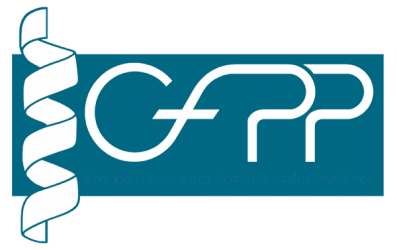The development of a robust circular dichroism (CD) method for structural analysis of biomolecules requires careful consideration of several key factors. Solvent selection, optimizing the sample concentration and path length, and instrumental parameters, such as scanning speed, accumulations, and nitrogen flow rate, significantly impact the quality and reliability of the acquired CD spectra.
Secondary structure refers to highly regular local sub-structures formed by the polypeptide backbone through hydrogen bonding. The two main types of secondary structures are α-helices and β-strands (which can form β-sheets). The development of a robust circular dichroism (CD) method for structural analysis of biomolecules requires careful consideration of several key factors. Solvent selection plays a crucial role in maintaining the native or desired conformation of the sample while ensuring transparency in the relevant wavelength regions. Aqueous buffers are often preferred for studying proteins in their native state. Optimizing the sample concentration and path length is essential to achieve an optimal absorbance range and maximize the signal-to-noise ratio. Typical concentrations for far-UV CD measurements range from 0.1 to 1 mg/ml, with shorter path lengths (1 mm) allowing for higher concentrations and longer path lengths (5 mm) suitable for dilute solutions. Instrumental parameters, such as scanning speed, accumulations, and nitrogen flow rate, significantly impact the quality and reliability of the acquired CD spectra. Data processing is a critical step in obtaining accurate and interpretable CD spectra. Baseline correction, smoothing, and conversion to mean residue ellipticity are essential for reliable secondary structure analysis.


